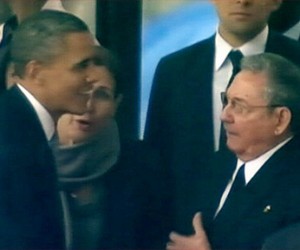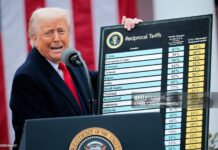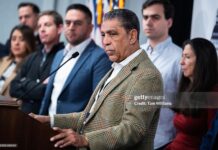
By NAN Staff Writer
News Americas, WASHINGTON, D.C., Thurs. Dec. 18, 2014: A new chapter in U.S./Cuba relations was marked on Wednesday as President Barack Obama changed the country’s more than fifty year-old policy towards the Caribbean nation, going where the last 10 U.S. Presidents have refused to go and ensuring his place in the history books.
The decision astonished many around the globe with “Havana,” “Castro” and “Cuban” quickly becoming the trending words on Twitter. “We will end an outdated approach that for decades has failed to advance our interests, and instead we will begin to normalize relations between our two countries,” President Obama said in a nationally televised statement from the White House, while adding that the deal will “begin a new chapter among the nations of the Americas” and move beyond a “rigid policy that is rooted in events that took place before most of us were born.”
But while many, including Caribbean leaders, celebrated the historic deal, which was also announced almost simultaneously by Cuban President Raoul Castro in Havana, the bigger question for many now is what does it all mean and how will it impact American travel to Cuba?
1: First off, don’t start making travel plans to fly from the U.S. to Cuba just yet. President Obama’s executive decisions only eases travel restrictions for Cuban and Cuban Americans wishing to visit relatives in their homeland; on entertainers seeking to perform publicly and on professional, educational and religious travel.
Ordinary tourism will still be banned under the law making it impossible to simply visit this Caribbean island for a vacation just yet.
However, those lucky American travelers given the permission to travel to the island will now be able to use credit and debit cards in Cuba and also bring back in those cherished Cuban cigars and rum – at least up to $100 worth of it. However, up to $400 worth of goods from Cuba can be brought back.
2: U.S. financial institutions will be allowed to open accounts at Cuban financial institutions and it will be easier for U.S. exporters to sell goods in Cuba.
3: More money can be sent to Cuba and limits on remittances that support humanitarian projects, the Cuban people, and the emerging Cuban private sector will be removed.
4: There will be increased telecommunications connections between the United States and Cuba.
5: Per executive order, Obama has ordered the reestablishment of an embassy in Havana, and high-ranking officials will visit Cuba. The U.S. Secretary of State, John Kerry, has been ordered by President Obama to immediately begin discussions with Cuba to reestablish diplomatic relations that have been severed since January of 1961.
6: The two countries, according to Obama, will advance shared interests on issues like health, migration, counterterrorism, drug trafficking and disaster response.
7: Cuba’s designation as a ‘State Sponsor of Terrorism’ will be reviewed.
8: President Obama will no longer shun the Cuban leader. He will attend a regional Summit of the Americas next spring that President Castro is also to attend.
Assistant Secretary for the Western Hemisphere Roberta Jacobson will travel to Cuba to lead the U.S. Delegation to the next round of U.S.-Cuba Migration Talks as early as next month and U.S. Secretary of State Kerry said Thursday he looks “forward to being the first Secretary of State in 60 years to visit Cuba.”
9: The US government will continue to push Cuba to improve its human rights record and advocate for democratic reforms.
10: However, this is by no means a lifting of the decades old embargo against Cuba. The U.S. Congress must pass a bill to ensure this and from the responses of the Republican controlled House, it seems unlikely that will happen soon, unless of course Pope Francis manages to convince them too – much like he did with Obama and Castro.









